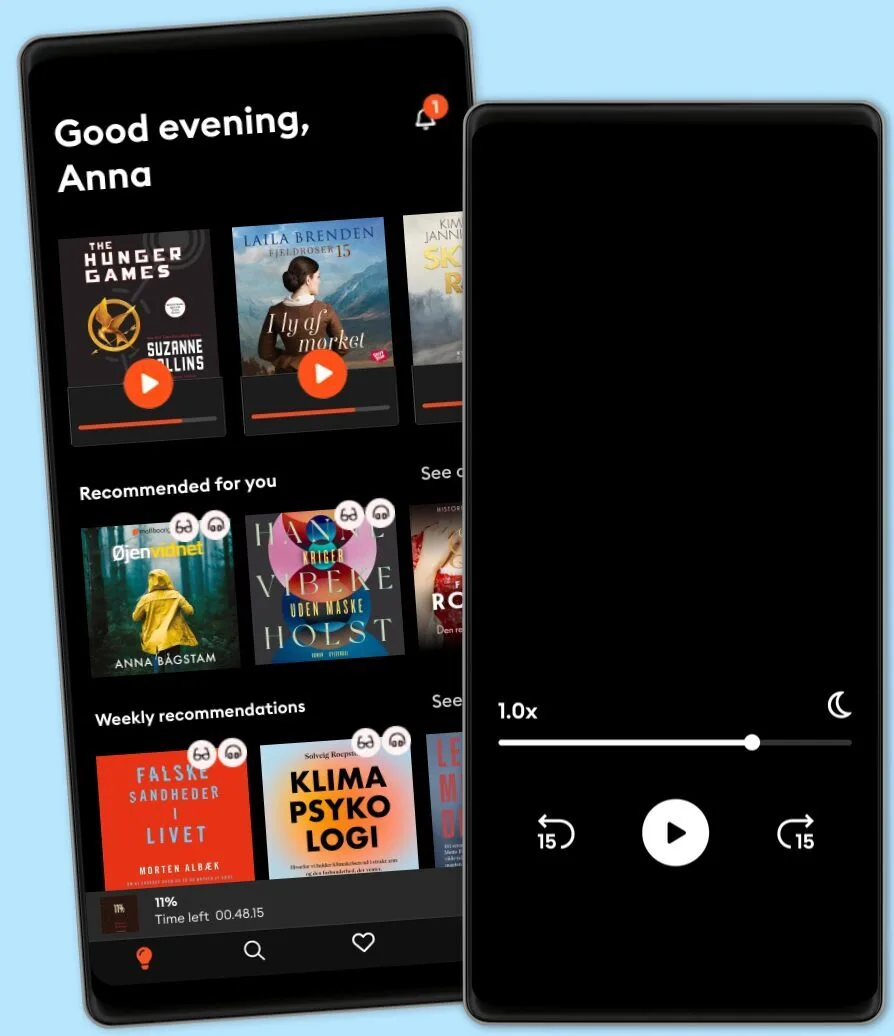Expand Your CME Medical Writing Skills: Dual-Audience Strategies for Patient and Clinician Education
- Af
- Episode
- 164
- Published
- 1. okt. 2025
- Forlag
- 0 Anmeldelser
- 0
- Episode
- 164 of 173
- Længde
- 21M
- Sprog
- Engelsk
- Format
- Kategori
- Økonomi & Business
How do you take one complex medical concept and make it clear, accurate, and actionable for both clinicians and patients, without losing credibility?
If you’re a CME writer, you know the challenge of translating science into education that actually sticks. But as more CME projects tether clinician education with patient-facing components, the real test is flexing your craft to serve two very different audiences at once. Get this right, and you not only improve learning, you expand your professional scope and impact.
In this episode, you’ll discover:
• How to apply practical frameworks to dual-audience writing. • Structural techniques that make content engaging, empathetic, and accessible. • A simple 3-sentence exercise to sharpen clarity for patients and precision for clinicians—anytime, anywhere.
🎧 Tune in now and learn how to expand your CME writing craft into dual-audience education with one portable tool you can start using today.
Resources
Resources to support plain language, readability, and accessibility.
https://readable.com/readability/Cognitive accessibility • The Patient Education Materials Assessment Tool • (PEMAT) Informed consent navigator toolPlain Language SummariesPlain Language Checklist for Health Professionals Plain language in biobank consent Plain Language AssociationCognitive accessibilityInformed consent navigator tool
Episodes Mentioned
EP31 • : Cultivating a Visual Mindset with Karen Roy and Bhaval Shah EP 41 • : Nurture Connection-Tell them a Story with Ben Riggs EP109 • : Crafting Inclusive and Accessible Medical Content with Virginia Chachati
Practice: Explain one complex idea in three sentences, twice—once for patients, once for clinicians.
Take one complex concept: SGLT2 inhibitors reduce heart failure hospitalizations.
For patients:
What it is: 1. “These medicines...
Lyt når som helst, hvor som helst
Nyd den ubegrænsede adgang til tusindvis af spændende e- og lydbøger - helt gratis
- Lyt og læs så meget du har lyst til
- Opdag et kæmpe bibliotek fyldt med fortællinger
- Eksklusive titler + Mofibo Originals
- Opsig når som helst

Other podcasts you might like ...
- The Journal.The Wall Street Journal & Spotify Studios
- The Can Do WayTheCanDoWay
- 1,5 graderAndreas Bäckäng
- Redefining CyberSecuritySean Martin
- Networth and Chill with Your Rich BFFVivian Tu
- Maxwell Leadership Executive PodcastJohn Maxwell
- Mark My Words PodcastMark Homer
- Ruby RoguesCharles M Wood
- EGO NetCastMartin Lindeskog
- Pitchfork Economics with Nick HanauerCivic Ventures
- The Journal.The Wall Street Journal & Spotify Studios
- The Can Do WayTheCanDoWay
- 1,5 graderAndreas Bäckäng
- Redefining CyberSecuritySean Martin
- Networth and Chill with Your Rich BFFVivian Tu
- Maxwell Leadership Executive PodcastJohn Maxwell
- Mark My Words PodcastMark Homer
- Ruby RoguesCharles M Wood
- EGO NetCastMartin Lindeskog
- Pitchfork Economics with Nick HanauerCivic Ventures
Dansk
Danmark